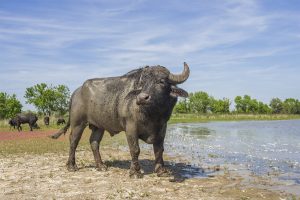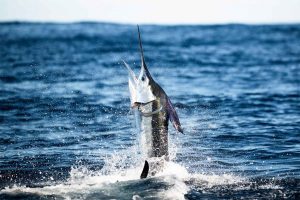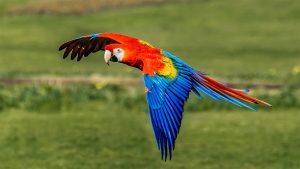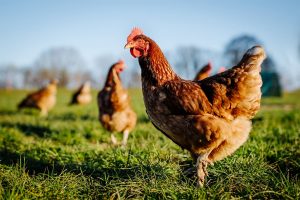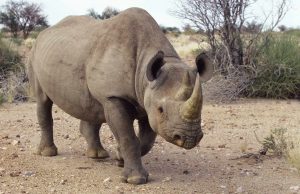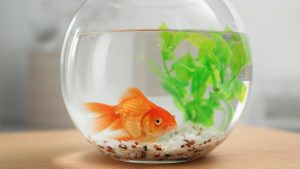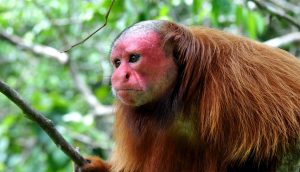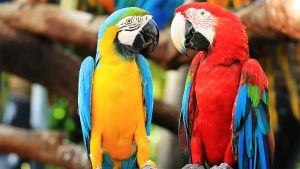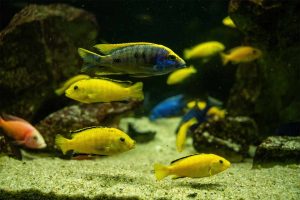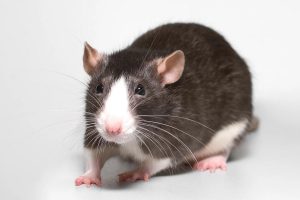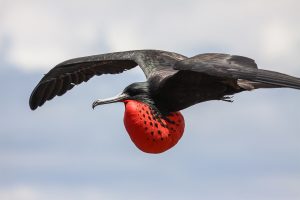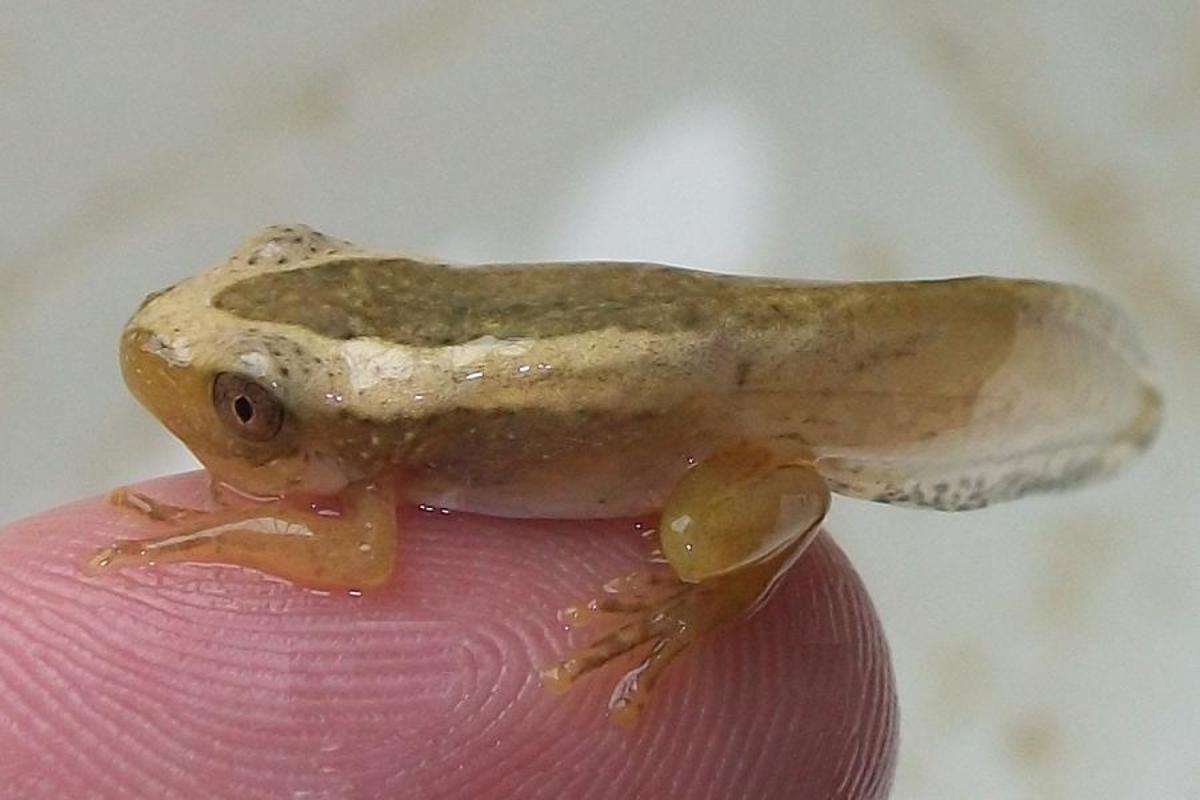
23 interesting facts about froglets
- 👁️ 909
Froglets are fascinating creatures representing an intermediate stage in the life cycle of a frog. After hatching from eggs as tadpoles, they undergo a transformation in which they develop legs, lose their tails, and become froglets before maturing into adult frogs. This metamorphosis is a complex process regulated by hormones and environmental factors. The term “froglet” refers specifically to this transitional stage where the creature is no longer a tadpole but not yet a fully developed frog. Here’s a captivating exploration of 23 facts about froglets.
- Froglets are part of the amphibian family, which means they can live both in water and on land.
- During metamorphosis, the froglet’s tail is reabsorbed into the body, providing essential nutrients.
- Froglets develop hind legs first, followed by the front legs.
- The lungs of froglets develop as they transition from tadpole, allowing them to breathe air.
- Froglets’ diet starts to change from herbivorous as tadpoles to carnivorous as they develop.
- The time taken for a tadpole to develop into a froglet can vary between species, usually taking several weeks.
- The size of a froglet can vary widely depending on the species, ranging from 1 to 10 centimetres.
- Environmental factors such as temperature and nutrition can influence the rate of a tadpole’s metamorphosis into a froglet.
- Many froglets still have remnants of their tadpole tail, which continue to shrink as they grow.
- Froglets are incredibly vulnerable to predators such as birds, fish, and reptiles.
- Some species of froglets can produce sounds or calls, although not as loud or distinct as adult frogs.
- Certain species of froglets exhibit vibrant colours that can signal toxicity to potential predators.
- The eyes of froglets are more advanced than tadpoles and adapted for vision outside the water.
- Many froglets begin life in freshwater habitats like ponds, rivers, and marshes.
- Froglets continue to undergo changes in their skin, bones, and muscles as they transition to adulthood.
- Parental care in froglets is rare, but in some species, parents may protect or carry their young.
- Froglets often stay near water until they develop further, to retain access to a moist environment.
- Many froglets face threats from pollution, habitat loss, and climate change.
- Froglets exhibit unique behaviours, such as specific movement patterns to escape predators.
- Some cultures consider the appearance of froglets as a sign of coming rain or change in weather.
- Froglets from different species may display varying colours, patterns, and physical features.
- The study of froglets and their development has provided valuable insights into developmental biology.
- Froglets play a significant role in their ecosystems, serving as both predators and prey.
Froglets are a captivating stage in the life cycle of frogs, representing the incredible transformation from aquatic tadpoles to terrestrial adults. Their metamorphosis is a marvel of biology and has intrigued scientists for centuries. These small creatures not only fascinate us with their development but also play a vital role in their ecosystems, serving as a symbol of adaptability and change. The more we learn about froglets, the more we realise how intricate and delicate the balance of nature truly is.
